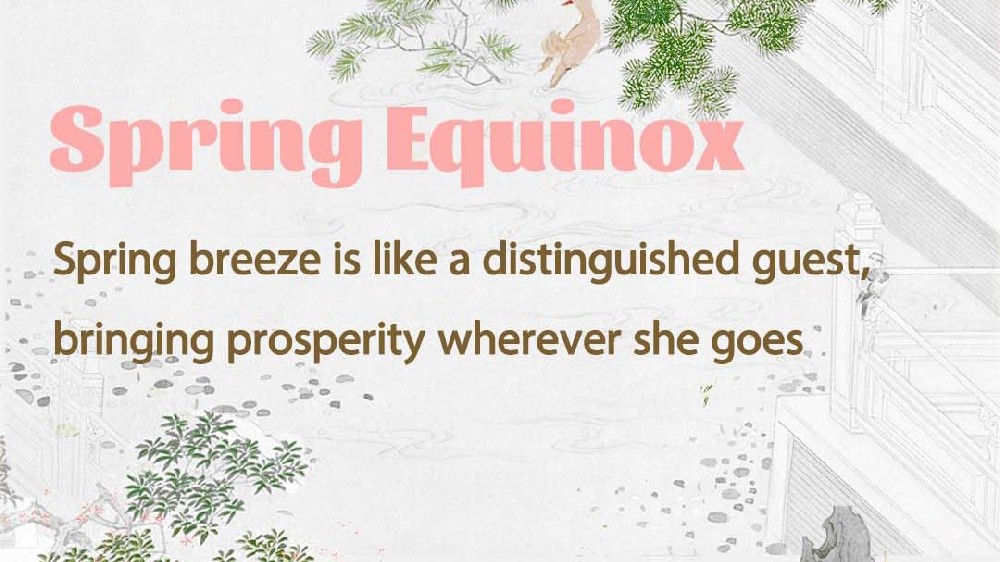Heritage Grid | The Jade City of Liangzhu: Rewriting the Dawn of Chinese Civilization
A Forgotten Kingdom Beneath the Rice Fields
In the misty wetlands of Hangzhou, where the Yangtze River Delta meets the Tianmu Mountains, lies a buried secret that rewrote history. For over 5,000 years, the ancient city of Liangzhu slept beneath layers of silt and rice paddies, its grandeur known only through fragmented legends—until a young archaeologist named Shi Xingeng stumbled upon two black pottery shards in 1936. Today, Liangzhu’s resurrection as a UNESCO World Heritage Site (2019) has shattered Eurocentric narratives of civilization, proving that China’s “5,000-year history” is no myth but a tangible reality etched in jade and earth.

The Atlantis of the East: Geography and Urban Mastery
Liangzhu (Archaeological Ruins of Liangzhu City) sprawls across 630 hectares in Yuhang District, Hangzhou—a waterlogged realm where mountains cradle a labyrinth of canals. This was no ordinary settlement but a meticulously planned “hydraulic city". The World’s First Mega-dam System was created here: Eleven dams, spanning 13 km², formed a hydraulic network capable of storing 46 million cubic meters of water. This 5,100-year-old system—predating Egypt’s pyramids—controlled floods, irrigated rice fields, and facilitated trade.
A Civilization Cast in Jade
Liangzhu was a society obsessed with jade—not as an ornament but as divine currency. Over 7,000 jade artifacts, including the iconic bi (discs) and cong, were unearthed from tombs like Fanshan, where kings lay buried with jade-encrusted scepters symbolizing “mandate from the gods”.
Social Hierarchy:
Theocratic Rule: The Mojiaoshan palace complex, a 30-hectare artificial platform, housed a priest-king who mediated between heaven and earth. Below him, a stratified society of nobles, artisans, and farmers thrived—evident in burial sites where elite tombs glittered with jade, while commoners rested with pottery. Women of Power: Recent excavations at Beicun revealed a high-status woman buried with 70 jade pieces, including dragon-headed bracelets—a testament to early female prominence that faded by Liangzhu’s twilight.
If you are still confused about what the unearth of Liangzhu means for humans, let's view this in a comparative lens:
(I) Within China:
Yinxu (殷墟): While the Shang Dynasty’s capital (1600–1046 BCE) boasts China’s earliest writing (oracle bones), Liangzhu predates it by 1,500 years and lacks textual records—its story told through urban planning and artifacts.
Yangshao Culture: Northern contemporaries like Banpo (5000–3000 BCE) had painted pottery but lacked Liangzhu’s centralized governance and monumental architecture.
(II) East Asia & Beyond:
Japan’s Jomon: Japan’s hunter-gatherer societies (14,000–300 BCE) coexisted with Liangzhu but never achieved state-level complexity.
Mesopotamia & Egypt: Liangzhu’s dams rivaled Ur’s ziggurats (2100 BCE), while its jade cosmology paralleled Egypt’s obsession with lapis lazuli. Yet unlike these arid empires, Liangzhu’s mastery lay in taming wetlands—a feat unmatched until Venice’s rise.
Liangzhu is more than a relic; it’s a corrective to history. For centuries, Western scholars dismissed China’s pre-Shang past as myth. Now, Liangzhu’s dams and jade testify to a sophisticated, water-taming civilization that flourished while Stonehenge was still a blueprint. As Cambridge archaeologist Colin Renfrew declared: “Liangzhu forces us to rewrite the origins of the state”.

